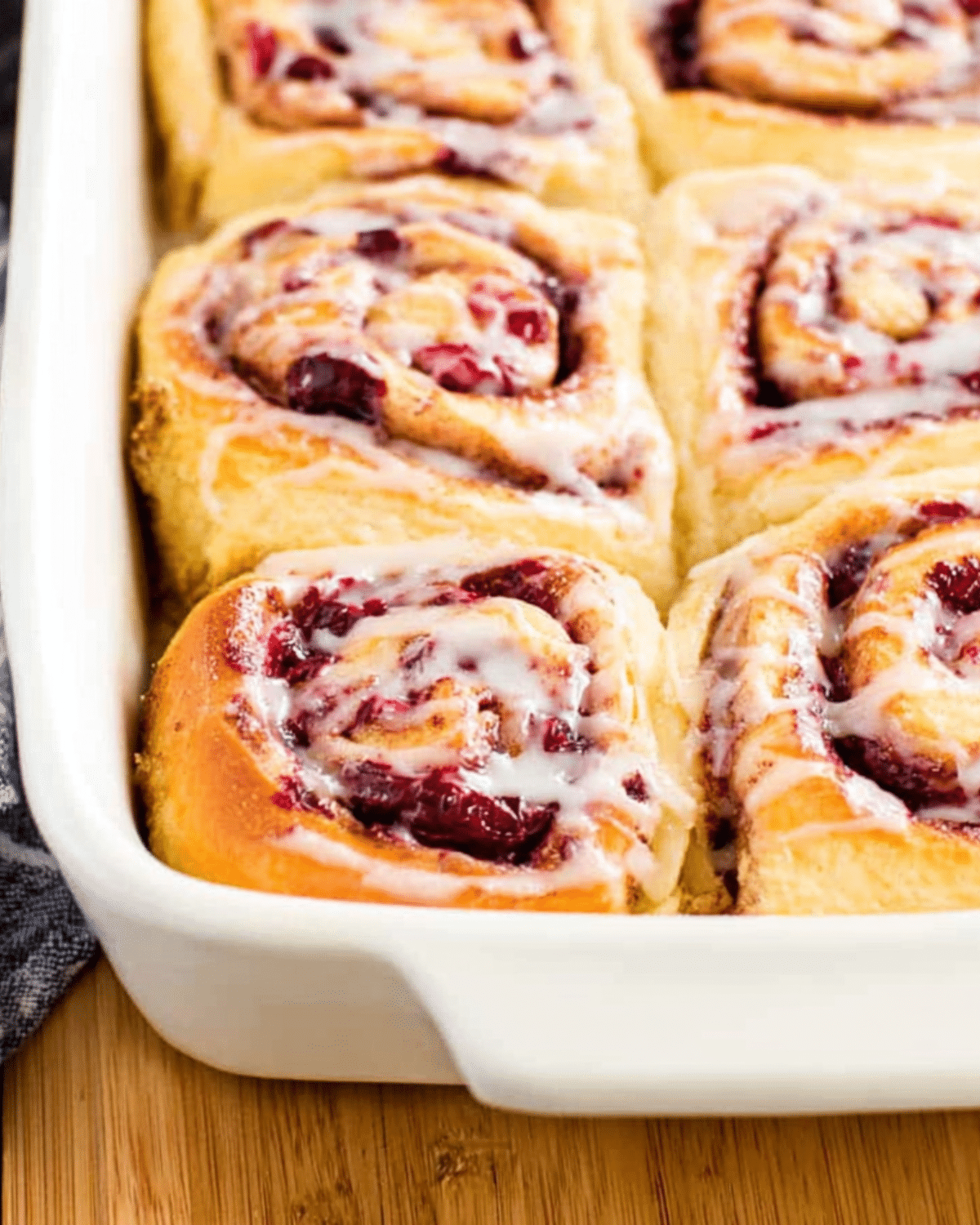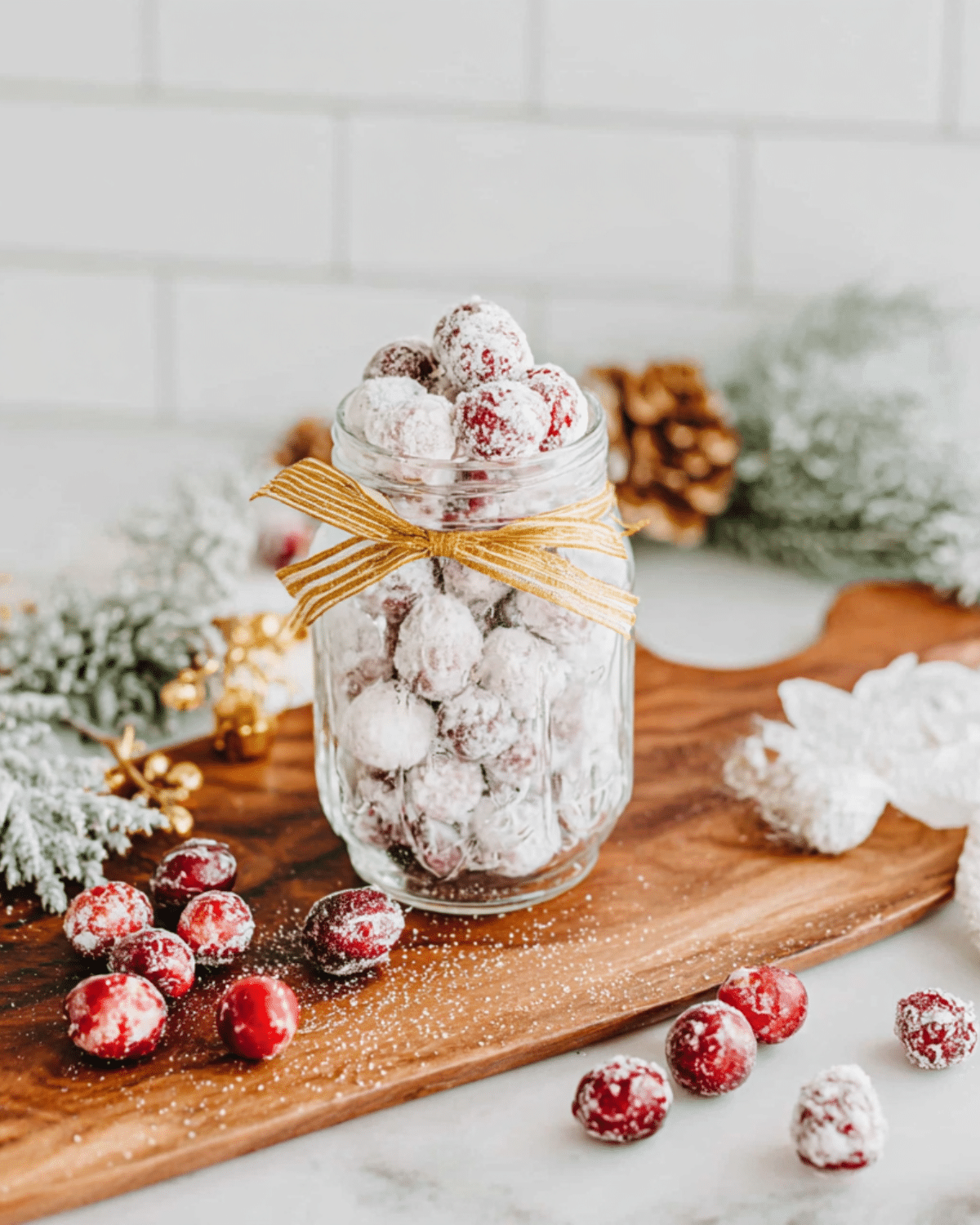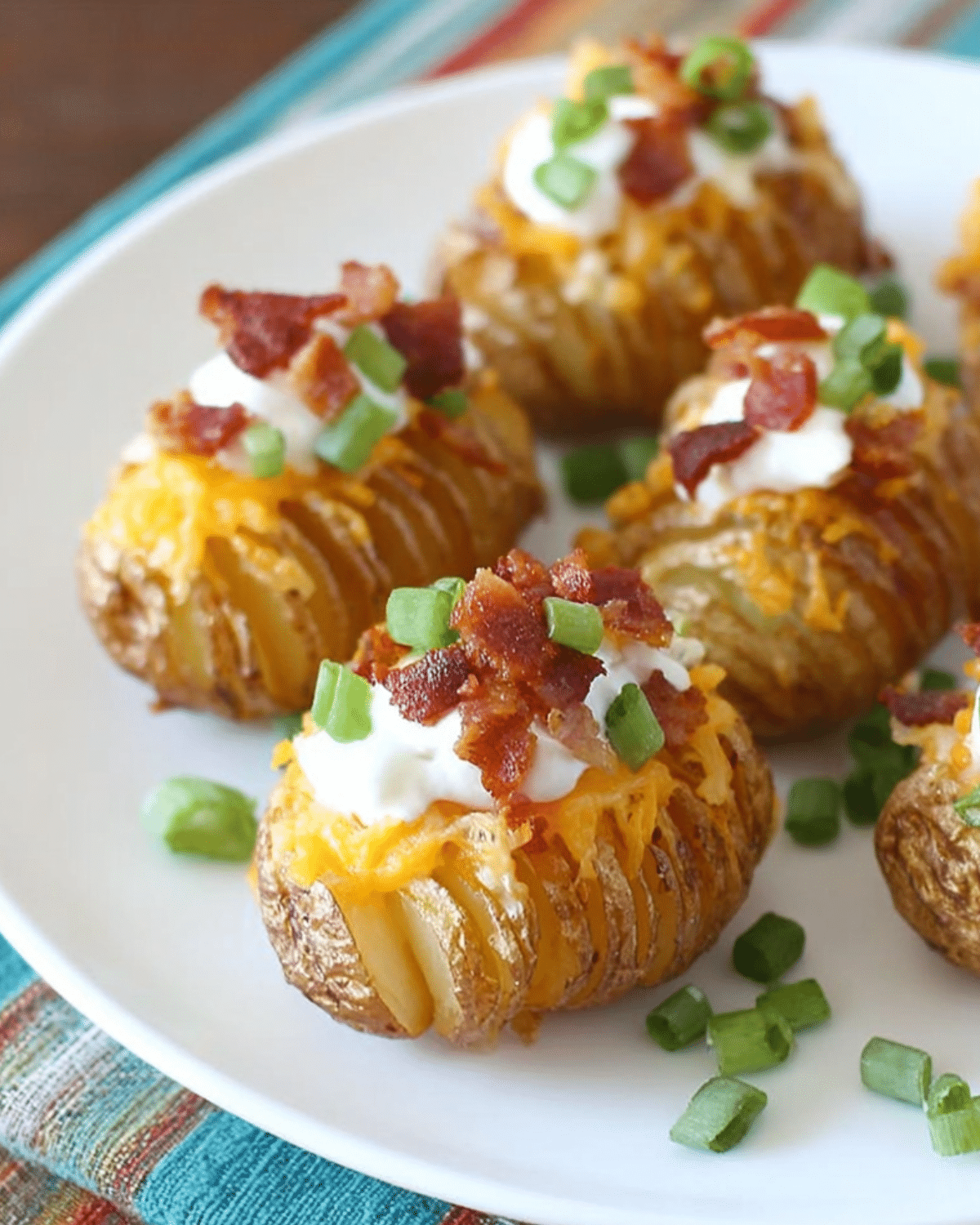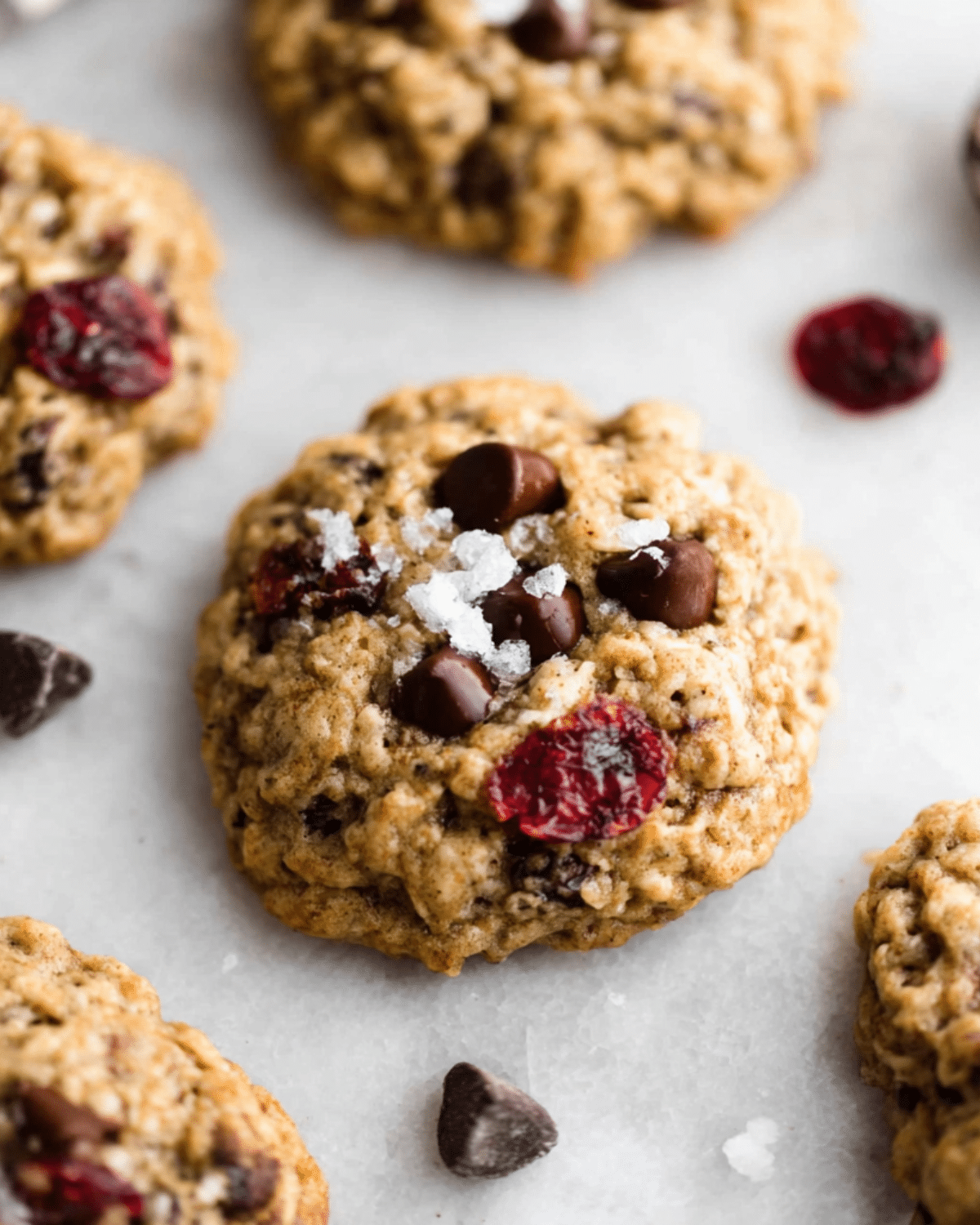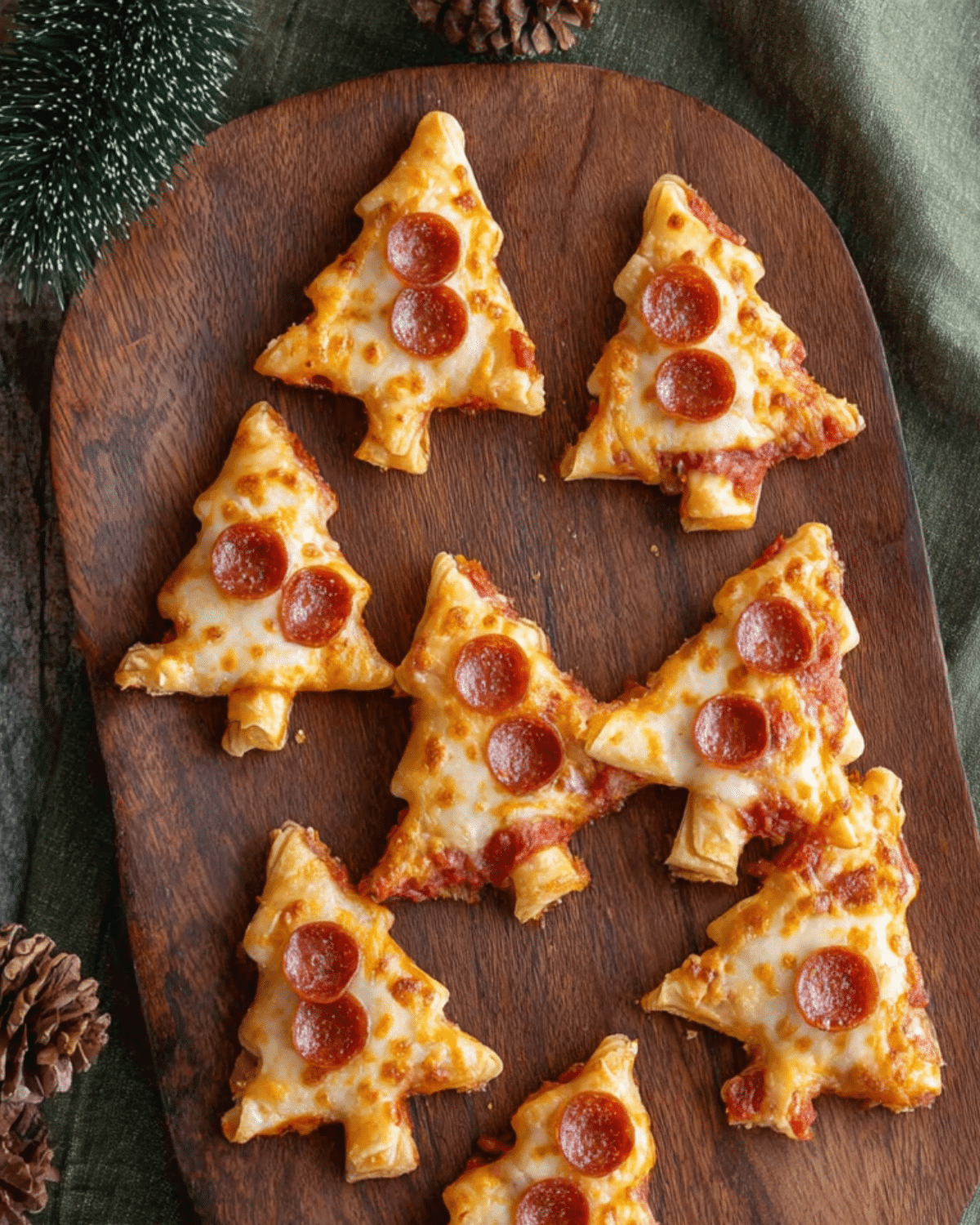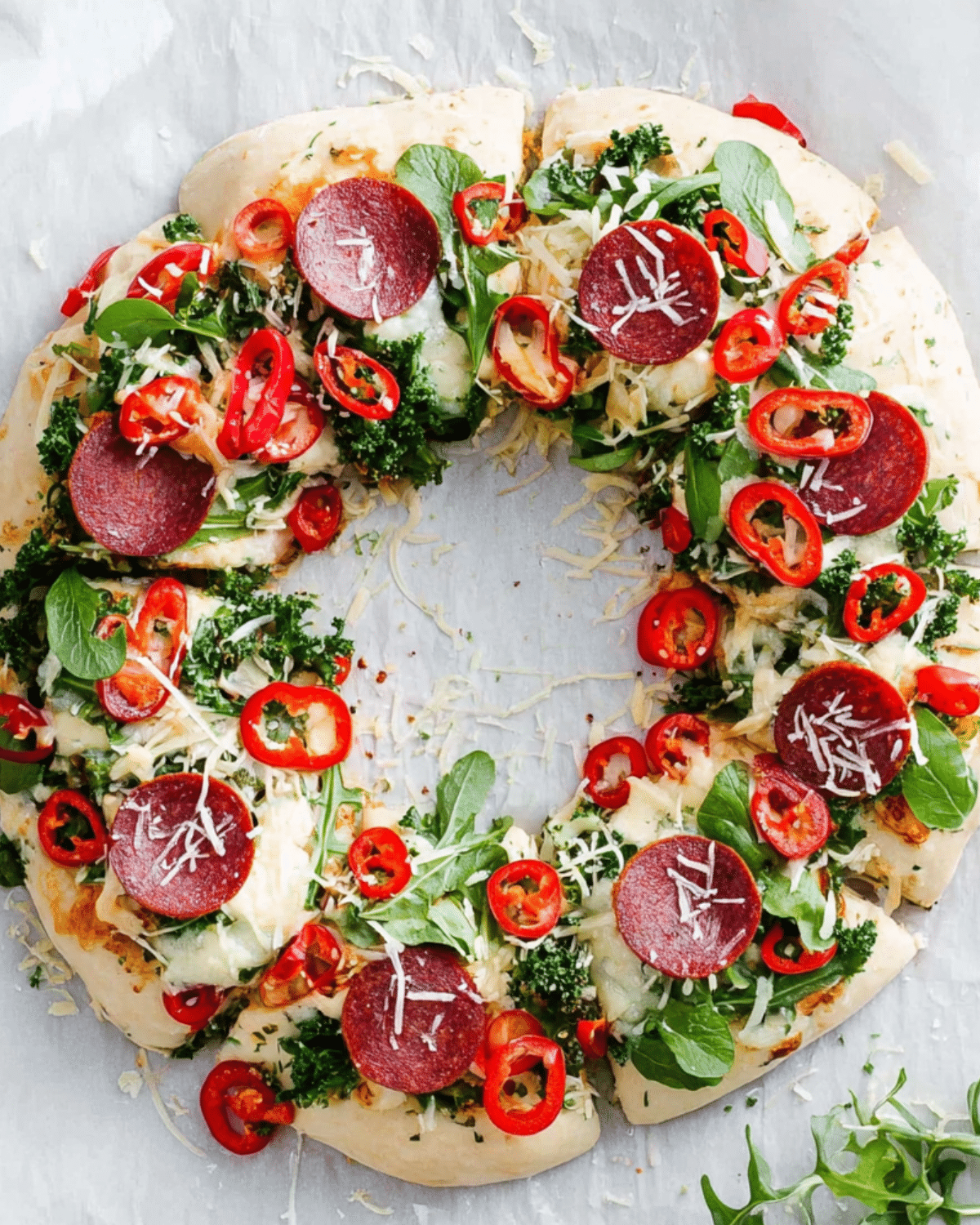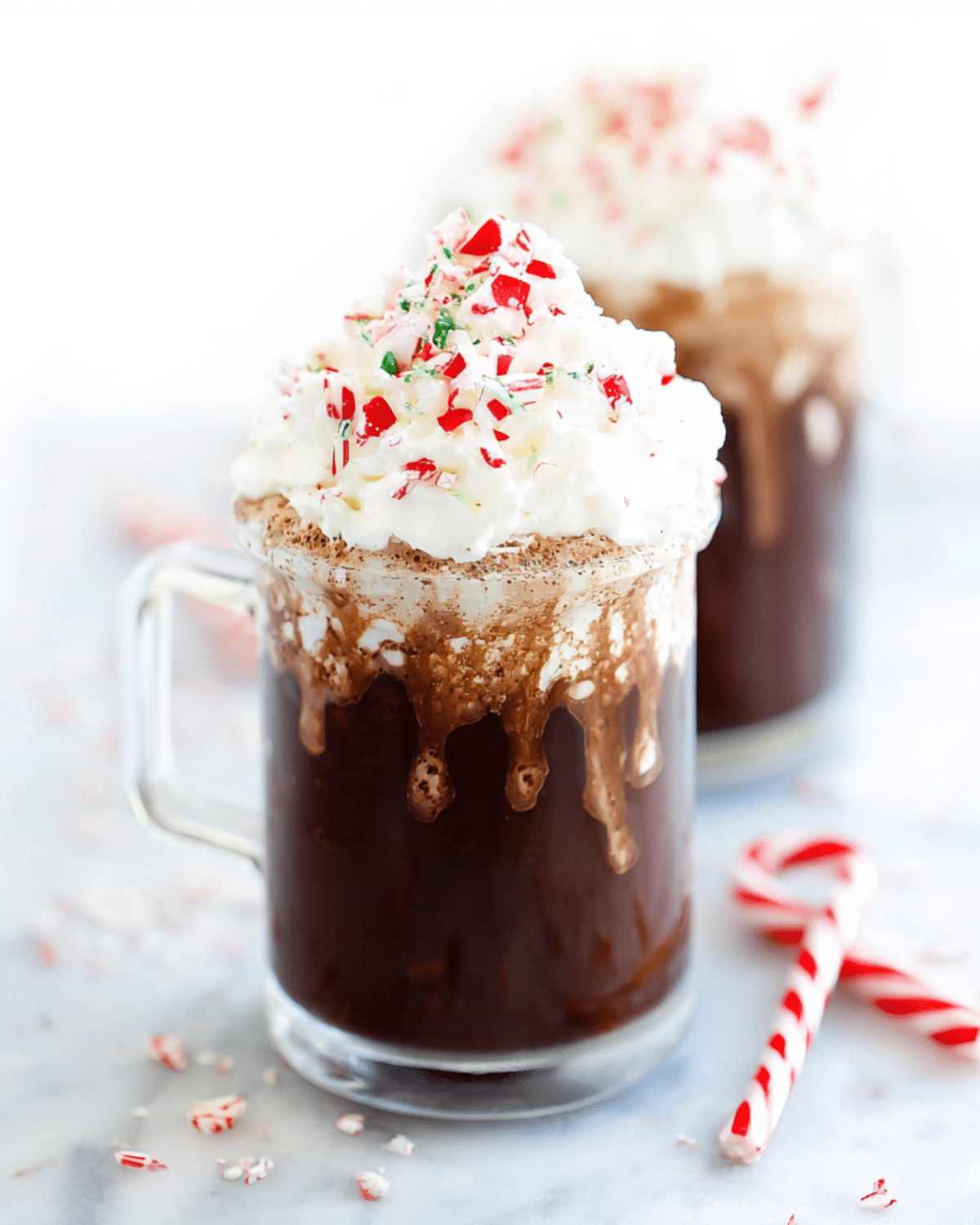Looking for a crispy, sweet, and tangy pickle that goes perfectly with sandwiches, burgers, and BBQ? Bread and Butter Pickles are an American classic that add a pop of flavor to almost any dish. Whether you’re new to pickling or just craving a nostalgic treat from grandma’s pantry, this easy recipe will walk you through every step. You’ll learn about the best ingredients, how to make them crunchy, and how to store them safely for months. Don’t miss our easy pickled okra recipe if you’re looking to expand your pickling game.
JUMP TO
Table of Contents
What Are Bread and Butter Pickles?
The Curious History Behind the Name
The name “bread and butter pickles” might seem puzzling at first—there’s no bread or butter involved. These sweet and tangy pickles got their name during the Great Depression when they were often eaten between slices of bread and butter as a cheap meal. Farmers used to barter them for groceries, so the name stuck. These pickles became a staple in many American homes, loved for their balance of sweet and sour notes.
Difference Between Bread and Butter Pickles and Other Pickle Types
Not all pickles are created equal. Dill pickles are sour and garlicky, while bread and butter pickles are sweeter and include spices like mustard seed, turmeric, and cloves. Compared to kosher dills, bread and butter pickles have more sugar and complex spice notes. They’re more of a snacking or sandwich pickle rather than something you’d use in classic deli pairings.
| Pickle Type | Flavor Profile | Common Uses |
|---|---|---|
| Bread and Butter | Sweet, tangy, spicy | Burgers, sandwiches, snacks |
| Dill Pickles | Sour, garlicky | Deli sandwiches, burgers |
| Gherkins | Very sweet, small | Cheese boards, snacking |
| Kosher Dill | Salty, garlicky | Sandwiches, chopped in salads |
Flavor Profile and Common Uses
Bread and butter pickles have a distinct balance of sugar, vinegar, and spices. The result? A slightly spicy, sweet, and tangy bite that pairs wonderfully with rich meats and creamy dishes. They’re fantastic on fried chicken sandwiches, BBQ plates, and even tossed into potato salad for a zingy twist. Their iconic crinkle-cut look and satisfying crunch make them as visually appealing as they are tasty.
Ingredients You’ll Need for Homemade Bread and Butter Pickles
Best Cucumbers for Pickling
Start with the freshest pickling cucumbers you can find—ideally, firm and thin-skinned varieties like Kirby cucumbers. Avoid waxed cucumbers, as the coating prevents the brine from penetrating. If you’re growing your own or grabbing from a farmers’ market, freshness is key to crisp pickles.
The Essential Vinegar and Spices
What gives bread and butter pickles their signature flavor? A mixture of white distilled vinegar and apple cider vinegar (both with 5% acidity) combined with a generous amount of sugar and a blend of pickling spices. Common spice additions include:
- Mustard seeds
- Celery seeds
- Cloves (whole and ground)
- Allspice berries
- Turmeric
- Crushed red pepper flakes
- Cinnamon stick
These flavors build layers of complexity and contribute to the pickles’ golden hue. Check out our pickled banana peppers recipe for a similar spice blend with a kick.
Can You Substitute Ingredients?
Yes—but do so carefully. You can use kosher salt if pickling salt isn’t available, though avoid iodized table salt as it may cloud the brine. If you’re low on white vinegar, apple cider vinegar can work solo but may slightly alter the flavor. For a sugar substitute, consider turbinado sugar or a reduced-sugar version, but know it may affect preservation. Interested in low-sugar pickling? Learn more in our healthy pumpkin brownies recipe, where sugar swaps are also explored.
Step-by-Step Guide to Making Bread and Butter Pickles
Prepping Cucumbers and Onions
Start by washing your cucumbers thoroughly to remove any dirt. Trim off the ends and slice them into ¼-inch rounds. Pair them with thinly sliced onions—yellow or white both work well. Mix them with pickling salt and let them chill under a layer of ice for at least 4 hours. This step pulls excess moisture and helps retain that perfect crunch you’re aiming for.
After chilling, rinse and drain the cucumbers and onions several times. This removes excess salt and helps balance the final flavor. Don’t skip this part—it makes a noticeable difference in both texture and taste.
Creating the Perfect Brine
In a large saucepan, combine the following ingredients to create your signature brine:
- 1¼ cups white distilled vinegar
- 1 cup apple cider vinegar
- 2¼ cups granulated sugar
- Pickling spices (mustard seed, red pepper flakes, celery seed, cloves, allspice, turmeric, cinnamon stick)
Bring the mixture to a boil, stirring until the sugar dissolves completely. Once boiling, add the cucumber and onion slices directly into the pot. Let the mixture return to a boil, then remove it from heat. Your pickles are nearly there!
Looking for another bold-flavored dish? Don’t miss our creamy broccoli cheese soup recipe for a hearty pairing to these sweet pickles.
Refrigerator Pickles vs. Canning Process
If you’re not into water-bath canning, the refrigerator method works beautifully:
- Transfer the hot pickles and brine into clean jars
- Cool to room temperature
- Store in the fridge for up to 3 months
Prefer a shelf-stable option? Use the water bath canning technique:
- Fill sterilized jars with pickles and brine
- Wipe rims clean, apply lids
- Boil jars in a water bath for 15 minutes
- Let them cool until lids “pop” to seal
Discover great ideas like canning cowboy candy if you’re in the mood to preserve more garden bounty.
Expert Tips for Perfectly Crunchy Pickles
Avoiding Soggy Pickles With Chilling Techniques
That 4-hour ice bath isn’t optional if you want crispy pickles. Cold temperatures help the cucumbers firm up, preventing them from becoming rubbery after brining. Some folks even go a step further—adding a small grape leaf or a pinch of alum to each jar for added crunch. These traditional methods have stood the test of time.
How Long to Wait Before Eating
While bread and butter pickles can technically be eaten within 24 hours, their flavor improves dramatically if you wait at least one week. After three weeks, the spices meld beautifully, and you’ll get that classic sweet-tangy balance in every bite. Patience pays off here.
Mistakes to Avoid When Pickling at Home
Here are a few pitfalls to steer clear of:
- Using waxed cucumbers – wax prevents brine absorption
- Skipping the salt soak – leads to mushy textures
- Using table salt – causes cloudy brine
- Incorrect vinegar acidity – less than 5% won’t preserve properly
- Overprocessing in the canner – softens your pickles
Looking for inspiration? Try our crispy baked zucchini slices for another veggie snack that brings the crunch.
Storing and Serving Your Bread and Butter Pickles
Shelf Life and Fridge Storage Tips
Refrigerator pickles will last up to 3 months if kept in airtight jars. If water-bath canned properly, your pickles are shelf-stable for up to 1 year in a cool, dark pantry. Once opened, store them in the fridge and use within 2–3 months.
Always check for spoilage signs like cloudiness, off smells, or bulging lids. When in doubt, toss them out. Need more storage-friendly dishes? Check out our apple cinnamon blondies with maple cream—perfect for fall pantry snacks.
Delicious Ways to Serve These Pickles
Bread and butter pickles shine in so many dishes. Add them to:
- Pulled pork sliders
- Grilled cheese sandwiches
- Fried chicken wraps
- Classic cheeseburgers
- Deviled eggs
- Potato salads
- Charcuterie boards
They also make a fantastic side for any creamy or smoky main dish.
Pairing Ideas for Meals and Snacks
Looking to create a full Southern-style spread? Serve these pickles with:
- BBQ brisket and baked beans
- Buttermilk fried chicken
- Mac and cheese
- Cornbread muffins
Or go snack-style: pair with cheese cubes, crackers, and cold cuts for an easy, flavorful platter. You could even chop them finely and fold them into your own homemade tartar sauce.
Frequently Asked Questions About Bread and Butter Pickles
What is the difference between bread and butter pickles and sweet pickles?
All bread and butter pickles are sweet pickles, but not all sweet pickles are bread and butter. The key difference is in the spice blend. Bread and butter pickles usually include mustard seed, celery seed, turmeric, and cloves, giving them a warm, spiced flavor, whereas sweet pickles may just use sugar and vinegar without those added seasonings.
Can I reuse the brine for a second batch?
Technically, yes—but it’s not recommended. The flavor will be diluted, and the acidity level may drop, making it unsafe for canning. For refrigerator pickles, reusing once is acceptable, but always taste-test and discard if cloudy or off-smelling.
How long do homemade bread and butter pickles last in the fridge?
If you skip the water bath and go the refrigerator route, your pickles will stay fresh for up to 3 months. Always use clean utensils to avoid introducing bacteria.
Do bread and butter pickles go bad?
Yes. Signs that they’ve gone bad include: mold, bubbles, bulging lids, or off smells. When in doubt, toss them out. Proper canning and cold storage are key to safety and flavor.
What type of vinegar works best for these pickles?
Use a mix of white distilled vinegar and apple cider vinegar, both with 5% acidity. This combo gives the perfect balance of sharpness and sweetness while maintaining the right pH level for preserving.
Conclusion: Make This Timeless Pickle Recipe Part of Your Pantry
Whether you’re preserving a summer harvest or looking for that perfect crunchy bite to balance your meals, bread and butter pickles are an easy, versatile, and delicious addition to any kitchen. With their unique balance of sweet and tangy, they pair beautifully with countless dishes—from burgers to BBQ to salads. Follow these simple steps and tips, and you’ll have a jar of homemade goodness ready to impress.
Don’t miss our yellow squash casserole recipe if you’re craving more Southern-style comfort food.
PrintBread and Butter Pickles
Learn how to make crisp, sweet, and tangy Bread and Butter Pickles with this easy homemade recipe. Perfect for canning or keeping in the fridge, these pickles pair beautifully with burgers, sandwiches, BBQ, and more.
- Prep Time: 4 hours
- Cook Time: 30 minutes
- Total Time: 4 hours 30 minutes
- Yield: 3 to 5 pints
- Category: Pickles
- Method: Canning or Refrigerator Pickling
- Cuisine: American
- Diet: Vegetarian
Ingredients
- 2 1/2 pounds pickling cucumbers, fresh
- 1 pound white or yellow onions, thinly sliced
- 1/4 cup pickling salt (or kosher salt)
- 1 1/4 cups white distilled vinegar (5% acidity)
- 1 cup apple cider vinegar (5% acidity)
- 2 1/4 cups sugar
- 1 tablespoon mustard seeds
- 1 teaspoon crushed red pepper flakes
- 3/4 teaspoon celery seeds
- 1 inch cinnamon stick
- 6 allspice berries plus a pinch of ground allspice
- 6 whole cloves plus a pinch of ground cloves
- 1/2 teaspoon ground turmeric
Instructions
- Rinse cucumbers thoroughly and slice off 1/8 inch from each end. Cut into 1/4-inch slices.
- Combine cucumbers with sliced onions and salt in a large bowl. Cover with ice and a tea towel. Refrigerate for 4 hours.
- Discard ice, rinse cucumbers and onions thoroughly, and drain well.
- In a large pot, combine both vinegars, sugar, and all pickling spices. Bring to a boil, stirring until sugar dissolves.
- Add cucumbers and onions to the pot. Return to a boil.
- Pack hot cucumbers and onions into clean jars, leaving 1 inch headspace. Pour hot brine to 1/2 inch from top.
- Wipe jar rims clean, apply lids and screw bands.
- For canning: process jars in boiling water bath for 15 minutes. For fridge pickles: cool and store directly in refrigerator.
- Let pickles sit for at least 1 week for best flavor.
Notes
- Use pickling or kosher salt; avoid iodized salt to prevent cloudy brine.
- Let pickles chill in ice for crunchier texture.
- Pickles can be eaten after 24 hours, but best after 1-3 weeks.
- Store canned jars up to 1 year in pantry; opened or fridge-only jars last up to 3 months.




